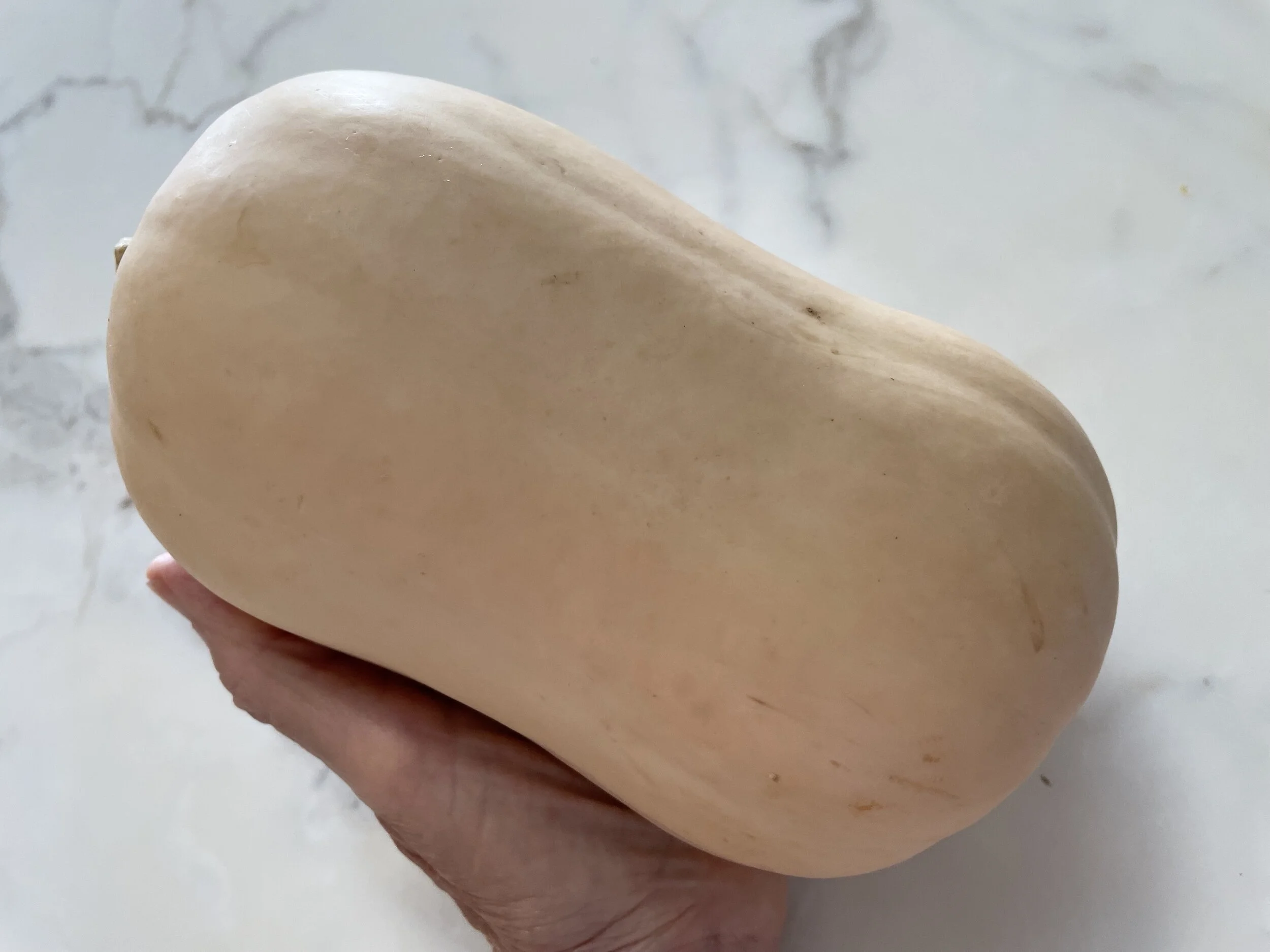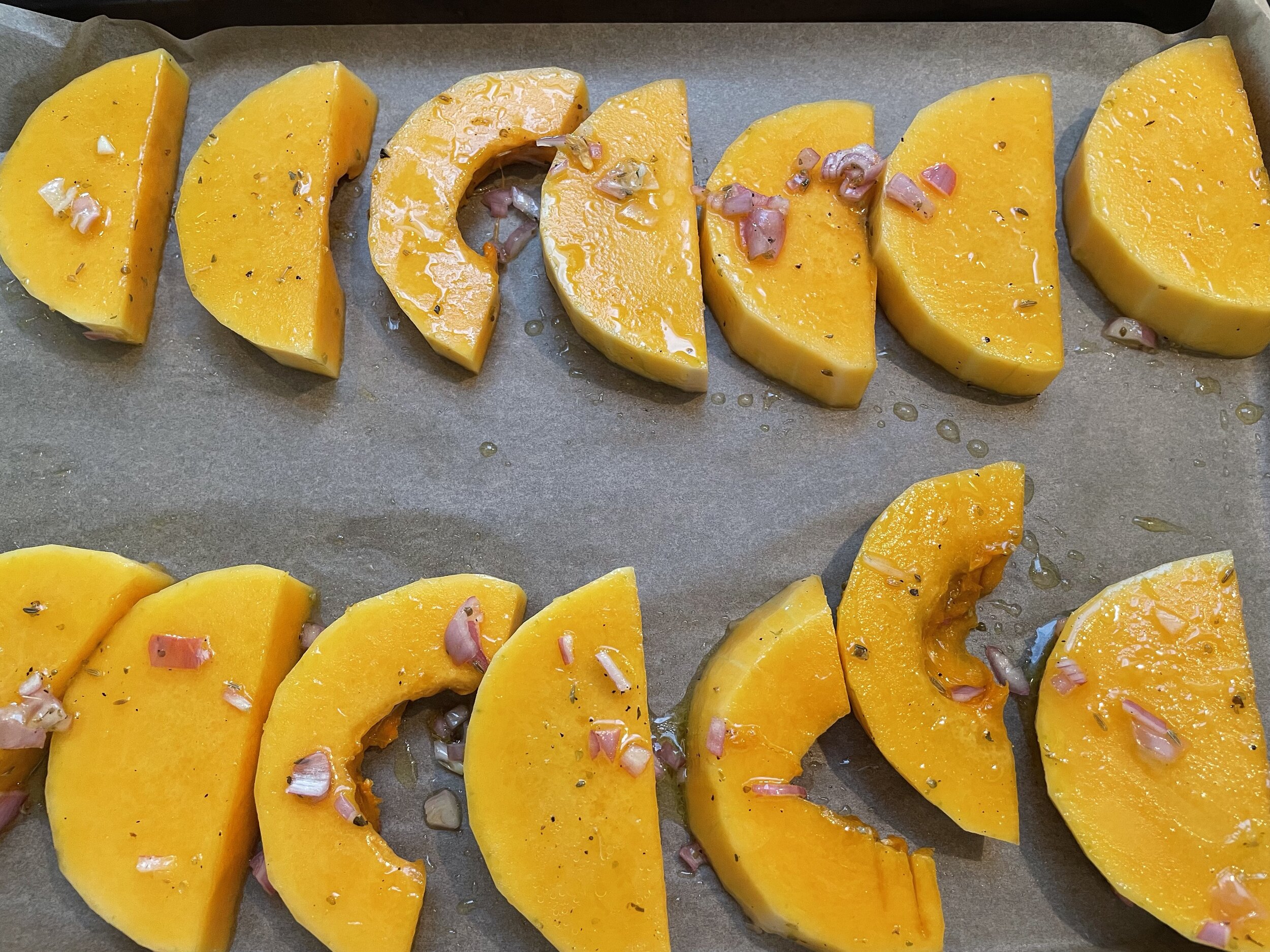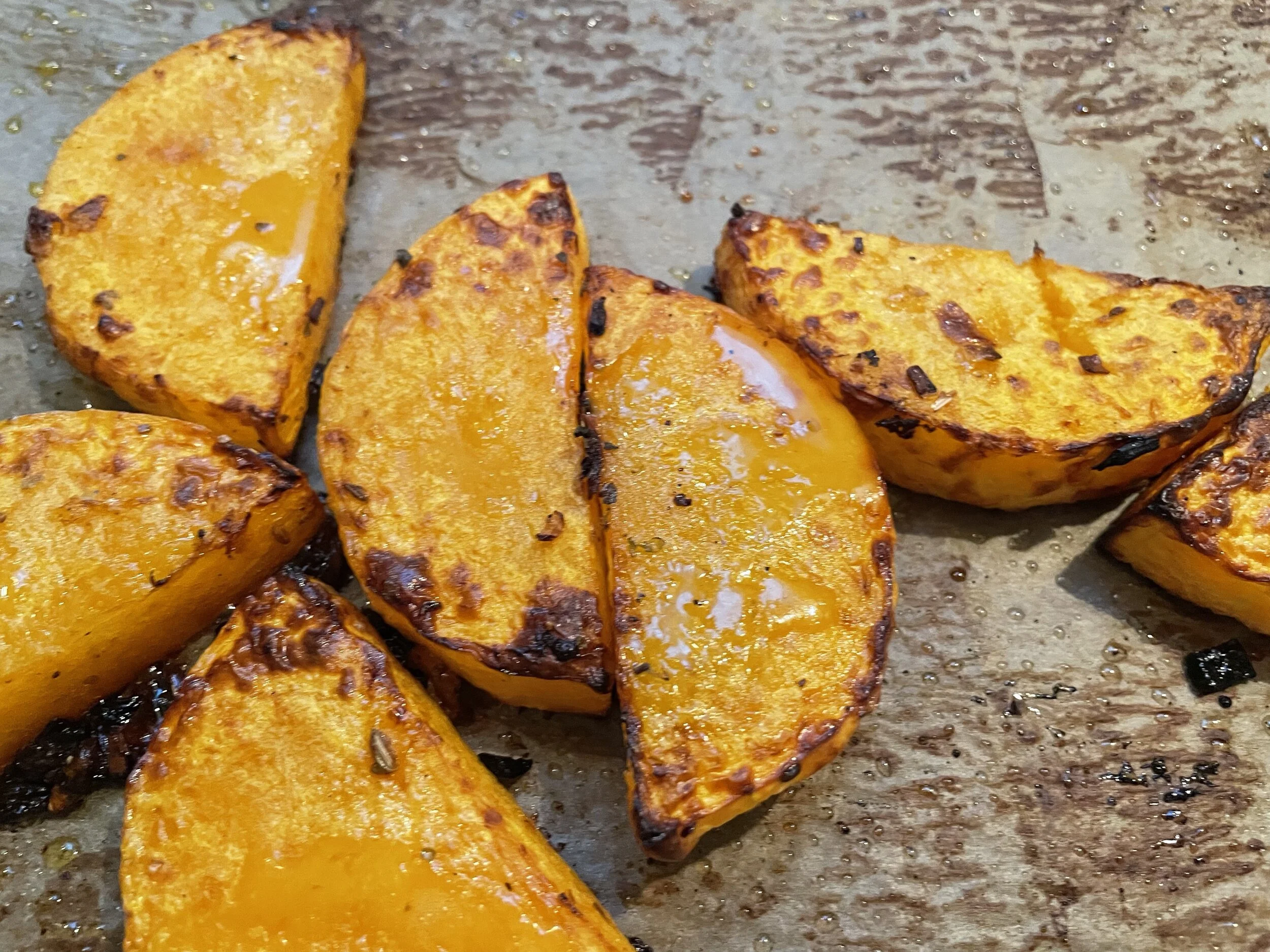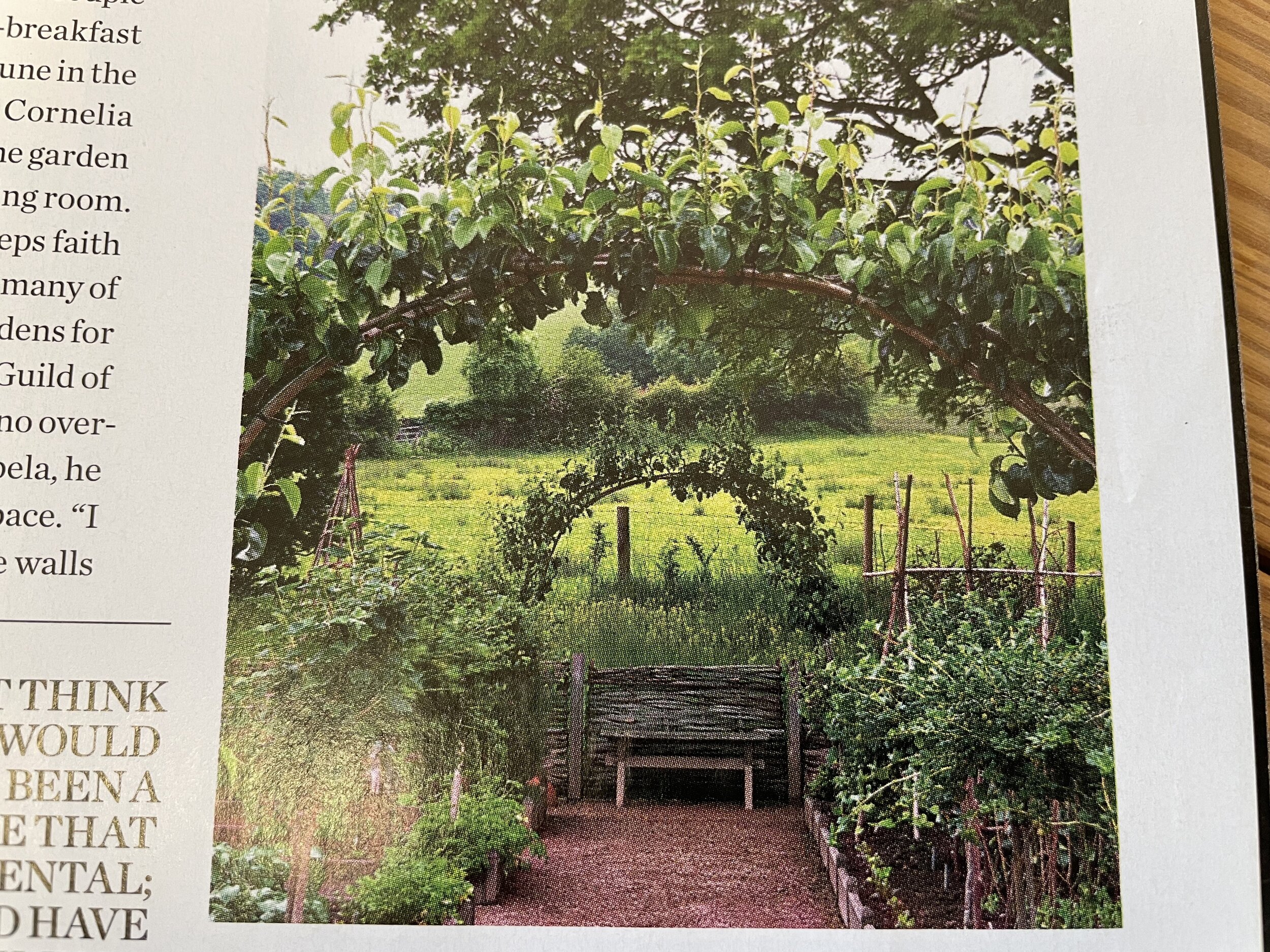Heirloom Tomatoes Grown in a Past Summer
I’ve written a lot about tomatoes in the past, grown a lot of tomatoes, and certainly cooked and eaten a lot of tomatoes. Tomatoes are a summer reward to all. In the past, I’ve picked up my favorite tomato seedlings such as Celebrity, Early Girl, Sungold, Black Krim, and Cherokee Purple. I planted them in my prepared garden in April, and lovingly maintained them from spring into summer harvest. At some point, these tomato plants grow and grow and become unruly. The ripe tomatoes are wonderful, yet the garden seems to have gotten out of hand.
This year I decided to intentionally contain my tomatoes and grew them in a different way, mainly in containers. The various seed catalogs have tomato selections for everyone’s taste, literally.
Please remember determinate tomatoes reach their full maturity quickly and set all of their fruit at one time. Most tomato plants suitable for containers are determinate. Indeterminate tomato plants are vining, need pruning at times, have an extended length of growing season, and continue to produce fruit throughout the season.
New Tomato Varieties I Am Growing This Year:
1) Shady Lady. This is a determinate hybrid tomato that needs no staking. I really like that idea. It is deep red in color, with heavy foliage, and great flavor. It is known in California as a top performer in tomato fields. I first heard about this Shady Lady tomato from Georgeanne Brennan, when I took her weekend Provence class at her home and garden outside of Davis, California. I don’t think she is hosting her cooking class anymore. She raved about this tomato, how many plants she grew, and how she shared them exclusively with her chef friend for his kitchen. This is the year to try Shady Lady. Readily available online.
2) Tasmanian Chocolate. Renee’s Garden Seeds. Heirloom container tomatoes with short vines that offer abundant mahogany-red tomatoes with rich, delicious, well-balanced flavor.
3) Cherry Falls. John Scheepers Kitchen Garden Seeds. Beautiful tomato plant with oodles of cascading cherry tomatoes.
4) Husky Cherry Red. Home Depot. I picked this up on whim because it is very suitable for containers.
Starting Seeds Indoors
I started these seeds in a seed tray and with seed starting mix from Grangetto’s I have had for a couple of years stored away. The seed warming mat really works and helps seeds germinate quickly. You can find all kinds of seed warming mats online. I poked a small indention into each soil-filled cell with a chopstick. Seeds are tiny. Keeping your soil moist with a spray water bottle is critical. I placed my sowed seeds and mat on top of my dryer in my laundry room where there is a skylight and under the counter lighting, also critical for germinating your precious seeds.
I am experimenting and starting more seeds other than tomatoes, such as different basils, heirloom Italian eggplant, different lettuces, kale, and more. Another honorable mention is Fino Verde Little-Leaved Basil offered at John Scheepers Kitchen Garden Seeds, that is applauded by chefs, for the tiny size of leaf, depth of flavor, and rich color.
Please share if you are growing flowers and vegetables from seed for your garden and potager! I would love to hear about your seed adventures!
Related Past Tomato Blog Posts
Bon Appétit et Bon Weekend….Bonnie





















